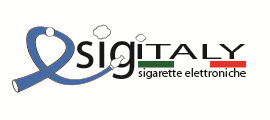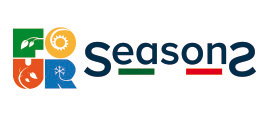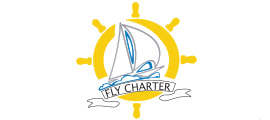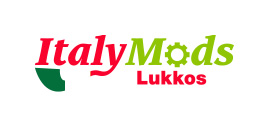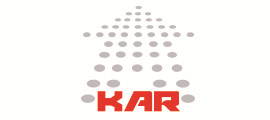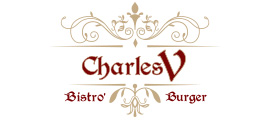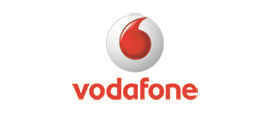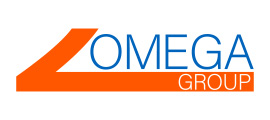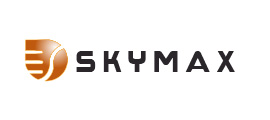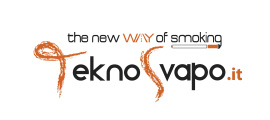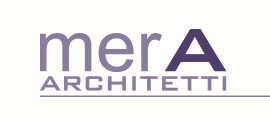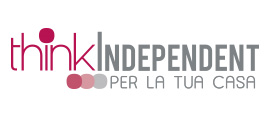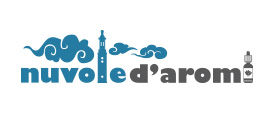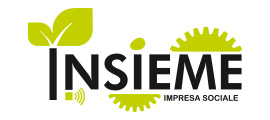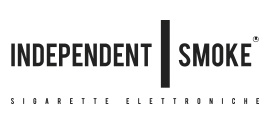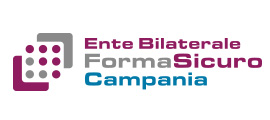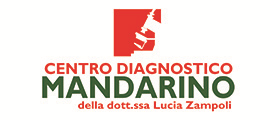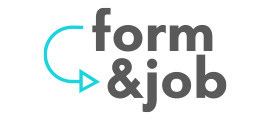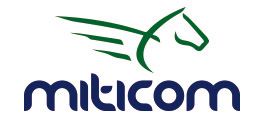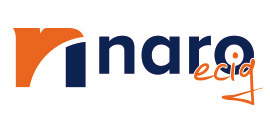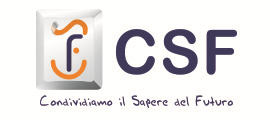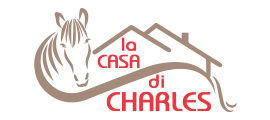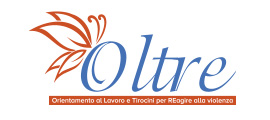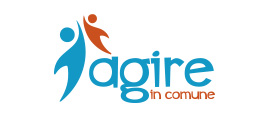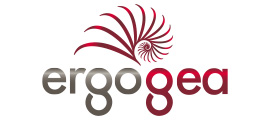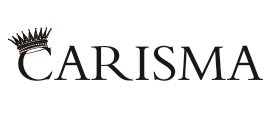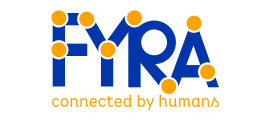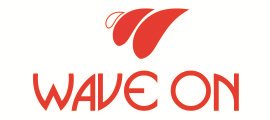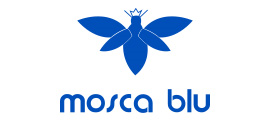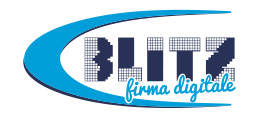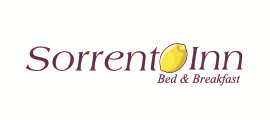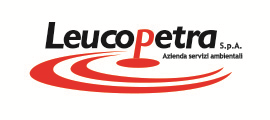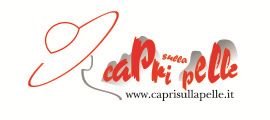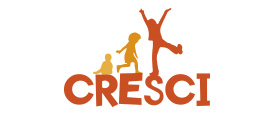Brochure
Glossaries
| Term | Definition |
|---|---|
| Brochure | The brochure is a printed, paper-based informational document, composed of several bound (often perfect-bound) or folded pages, used as a marketing and communications tool to comprehensively present a company, an organisation, its products, or services. Unlike a flyer or handout, which are generally single-page and concise, a brochure provides more space to elaborate on content, combining text, images, and graphics in a polished, editorial style. What it's for / Why it's importantIts primary purpose is to inform, advertise, and build trust, acting as a physical and tangible touchpoint with a potential customer. It is essential for communicating the salient concepts of the company's offering, increasing the reader's knowledge on a specific subject, and strengthening the Brand Identity through a coordinated image (logo, colours, typography). A well-designed brochure, printed on quality paper, increases the perceived value of the business. When it's used / In what context it is usefulIt is used in contexts that require a detailed and memorable presentation. It is indispensable for occasions such as trade fairs, promotional events, business meetings, or as material to leave on a client's desk after a business meeting (B2B or B2C). Depending on the objective, it can be distinguished as: a corporate presentation brochure (to convey identity and values), a product brochure (to illustrate features and benefits), or a promotional brochure (focused on specific offers). Practical exampleAn estate agency launching a new residential development prints an A4 brochure, saddle-stitched (stapled). The internal pages illustrate, with high-quality photos and persuasive text, the project's philosophy, construction details (materials, energy efficiency), and the apartment floor plans, concluding with a clear call to action (e.g. "Contact us for a guided viewing"). Extra InsightIn the digital age, the brochure maintains its value because it offers a sensory experience: the weight of the paper, the quality of the printing, and the ability to keep it make it a collectible and lasting object. During the design phase, not only the aesthetics but also the choice of binding (perfect binding, spiral, saddle-stitching) and the paper's gsm (weight) are crucial, as they must reflect the brand's tone and positioning. |

 IT
IT  EN
EN 



